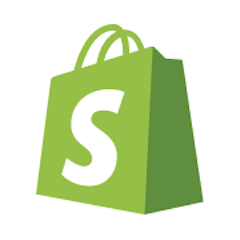How it works
Follow these 4 simple steps to move fulfillment orders to the right location when orders get tagged

Order Created
Order Created
Filter
Filter
Retrieve Order's Fulfillment Orders
Retrieve Order's Fulfillment Orders

Move Fulfillment Order
Move Fulfillment Order
Make it your own
Customize this workflow even further:
Add conditional location routing
Set up multiple location assignments based on different order tags, like routing "POS-Downtown" to Location A and "POS-Mall" to Location B automatically.
Include order notifications
Send Slack or email alerts to location managers when orders get assigned to their fulfillment center, keeping teams informed of incoming work.
Store fulfillment data in tables
Track fulfillment location changes, processing times, and order routing patterns in your own database for operational analysis and reporting.
Chain with inventory checks
Connect inventory level monitoring so orders automatically route to locations with sufficient stock, preventing fulfillment delays from out-of-stock situations.
Frequently asked questions
What happens if I enter the wrong location ID?
The workflow will fail at the Move Fulfillment Order step and send you an error notification. You can find the correct location ID in your Shopify admin under Settings > Locations - it's the number that appears in the URL when viewing a specific location.
Can this workflow move orders that are already partially fulfilled?
No, Shopify only allows moving fulfillment orders that haven't started processing yet. If an order is already being picked, packed, or shipped, the move will fail and you'll need to handle the location change manually in your Shopify admin.
Will this affect orders with multiple line items from different locations?
The workflow moves the entire fulfillment order to the new location, so all line items in that order will be assigned to the same location. If you need different products fulfilled from different locations, you'll need separate workflows with more specific filtering conditions.
What is a template?
Templates are pre-made workflows by our team of experts. Instead of building a workflow from scratch, these have all the steps needed to complete the task.
Can I personalize a template?
Yes! Every step can be customized to meet your exact requirements. Additionally, you can even add more steps and make it more sophisticated.
Are templates free?
Yes! Our entire library containing hundreds of templates are free to use and customize to your exact needs.
Ready to move fulfillment orders to the right location when orders get tagged?
Join thousands who've automated their work and saved an average of 3.5 hours every week.
Start with this template — It's free7-day free trial • 4 min setup • Cancel anytime